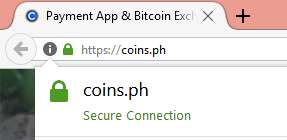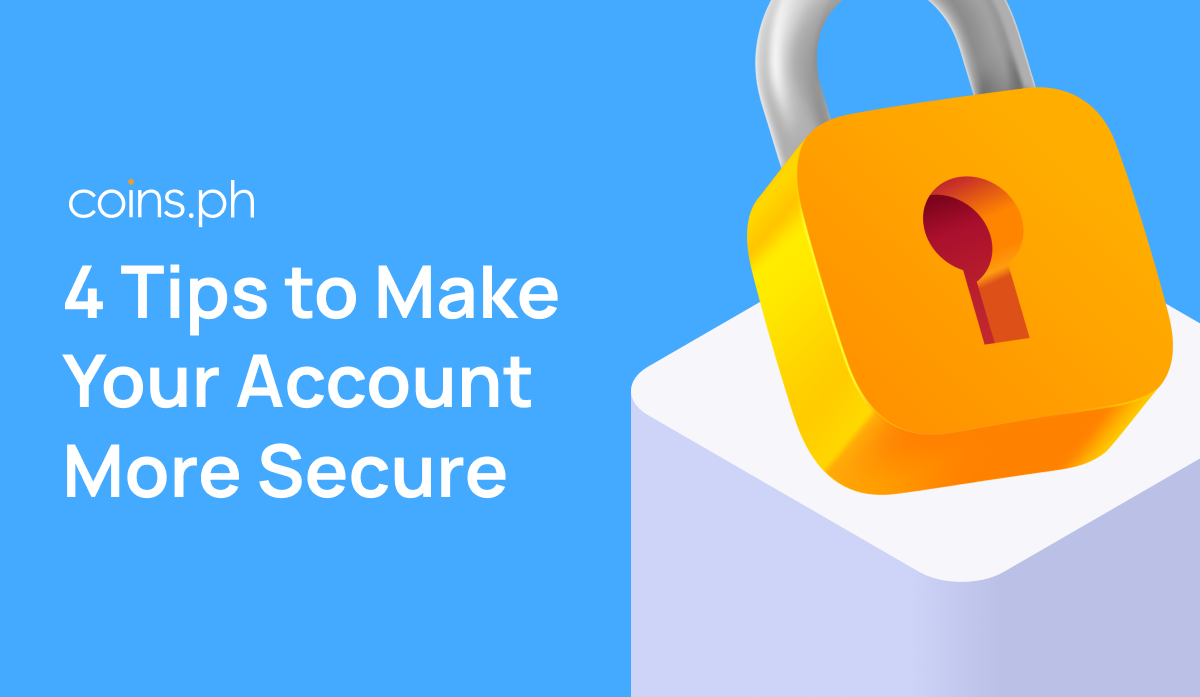Phishing is an act that deceives people to share sensitive information by posing as a credible person or company.
A common phishing scenario is you receive an email or text that imitates a person or company you trust. The email or text usually communicates urgency to take action and would demand you to go click on a link.
These types of communications lead you to a fake website that looks similar to the legitimate website and fools you into entering your information
Fraudsters then trick you into sharing your username, password, or other personal information to gain access to your account.
There are 4 easy tips to spot a phishing attempt. Just remember to check W.E.B.S:
W - Website URL
E - Email sender
B - Coins.ph official Blog
S - Coins.ph official Social media pages

Always look at the website URL before entering your information
Fraudsters are highly skilled at making fake websites look like legitimate websites. This fools you to enter your username, password, or other personal information.
To prevent this, make sure to always check the website’s URL if it contains "HTTPS." The “S” in HTTPS means "secure."
This is a security protocol used by legitimate websites. You can easily identify a secure website if you see a lock icon (🔒)before the link.

For Coins.ph, check if the URL is https://coins.ph/, https://coins.asia/, or https://pro.coins.asia/

Verify the Sender's Email Address
Because the sender name appears as a trustworthy person or company, phishing emails may look like the real deal.
Exercise vigilance when you receive emails by checking both the sender name and email address.
Emails from Coins.ph about your account come from help@coins.ph.
You can always visit https://coins.ph/or open your Coins.ph app to check for notifications and announcements.

Remember: Coins.ph will never ask for your password or 2FA code via email, text, or other means of communication outside of our sign in screens and transaction confirmations.
Never answer messages asking for your password, 2FA code, or other account details.
When in doubt: If you get a suspicious email or message claiming to be from Coins.ph, DON’T CLICK any links or attachments.

Refer to the Coins.ph blog for a list of active promos
Phishing emails would communicate a sense of urgency, excitement, and/or fear. These emails would prompt you to enter your personal information by claiming you have won a prize or are eligible for a promo.
You can verify the legitimacy of a promo by checking the Coins.ph blog. Under the Promos category, you can see the full terms and conditions of our ongoing promos.
Legitimate promos may also appear as a popup message inside your Coins.ph app or after you log in to the website.

Like and follow the official Coins.ph Social Media pages
If you receive an email that claims you have won a prize, you can cross-check and verify this on our official social media pages.
Official Social Media Pages
- Facebook: https://www.facebook.com/coinsph/ (Coins.ph) and https://www.facebook.com/CoinsProAsia/ (Coins Pro)
- Twitter: https://twitter.com/coinsph
- Instagram: https://instagram.com/coinsph/
- YouTube: https://youtube.com/coinsph
Take note: Coins.ph is not connected or affiliated with any other pages and groups other than the ones mentioned above. Be wary of trusting people and pages with such claims
When in doubt: Send us a message on your app or email help@coins.ph and we will be happy to assist you with your questions or concerns






